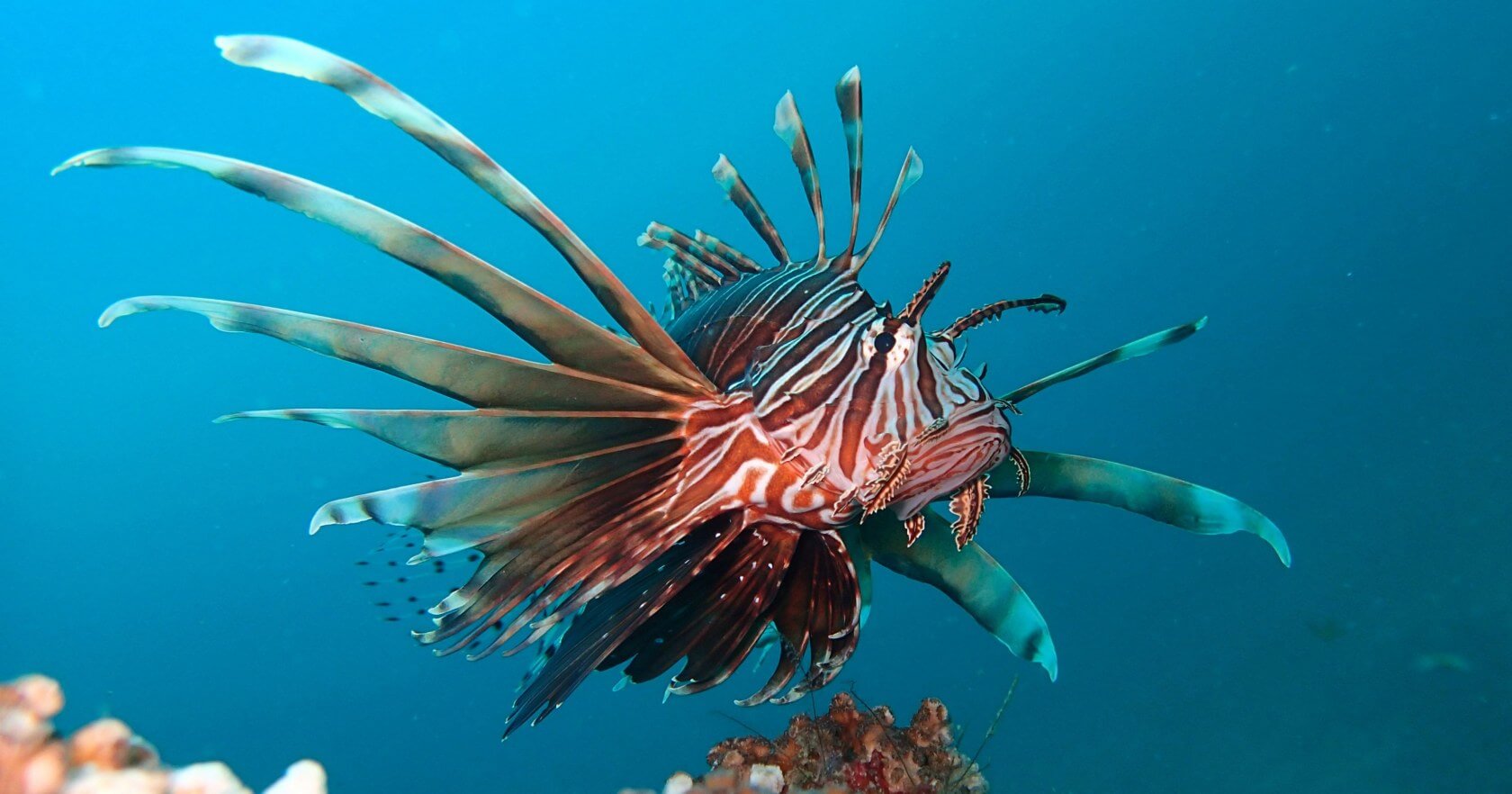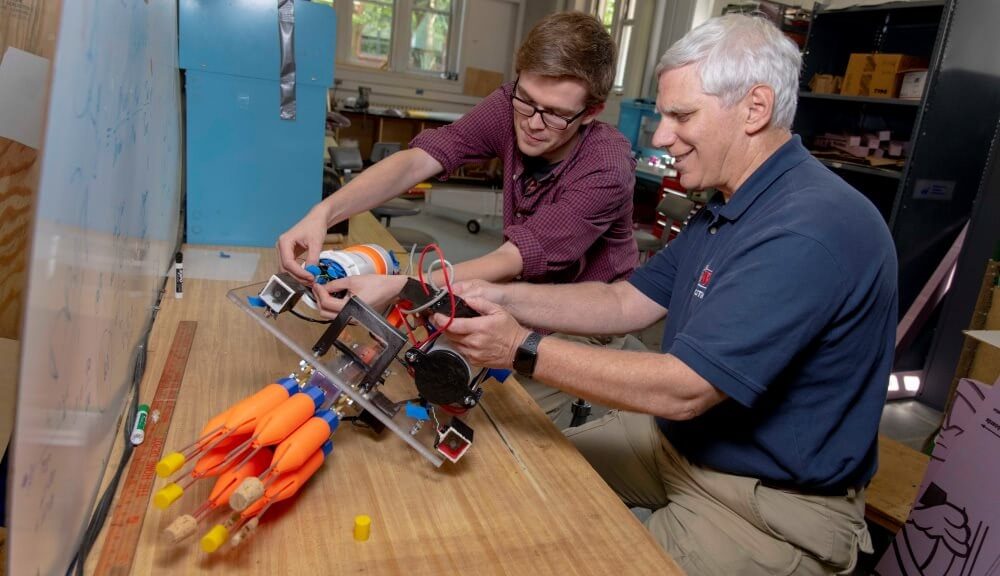In brief: Students at Worcester Polytechnic Institute (WPI) in Massachusetts are working on a submersible robot that hunts Lionfish autonomously. The device is a multi-year project with undergraduates working on it as part of their Major Qualifying Project (MQP) required for graduation.

The Lionfish, which is native to the southern Pacific Ocean, is an invasive species that is wreaking havoc in the eastern Atlantic from the Caribbean to the coral reefs off the coasts of Florida and Georgia. Since the fish has no natural predators in this region, ecologists are concerned about the effects it has on the costal ecosystems. The National Oceanic and Atmospheric Administration (NOAA) calls the Lionfish the “poster child for invasive species” because of its ability to decimated a population of other fish in a matter of weeks.
Members of the Robotics and Engineering Program at WPI started working on a solution to the problem last year as part of their MQP. Their idea is to build a robot that can be dropped in the water that will hunt down the invasive pests and harvest them with buoyant speartips that pull the Lionfish to the surface for fishermen to scoop up.

Undergraduates of the class of 2018 spent last year developing the software for the bot including a machine-learning vision system. They trained the AI by showing it thousands of pictures of different colored Lionfish from various angles. Senior Instructor of Computer Science Craig Putnam says the system is capable of recognizing Lionfish with 95-percent accuracy. They also trained the system what not to hunt — primarily divers.
The students also engineered buoyancy control and spearing systems. The spears reside in a carousel, and each is negatively buoyant, so when they spear a fish, it rises to the surface. Of course with each shot, the robot loses buoyancy. So the team developed a chamber behind one of its two cameras that expands each time a spear is fired keeping the rig neutrally buoyant.
Designing a watertight compartment for the logic board and other electronics was a challenge for the team as well.

“In many ways, this was the hardest part of the project,” said William Godsey, an undergrad who worked on the system’s buoyancy and electronics chambers, along with its shooting mechanism. “Just because something is waterproof doesn’t mean it will work in salt water, which is an incredibly corrosive substance.”
Even though the robot can recognize Lionfish as well as divers, it still has a ways to go before it is ready to go fishing. Class of 2019 students will be working on a 3D-GPS navigational system so that the robot can plot a search grid for hunting. The team will presumably also develop sophisticated object avoidance to prevent the robot from colliding with the fragile coral reef.